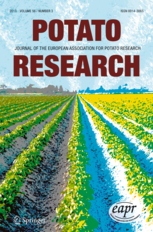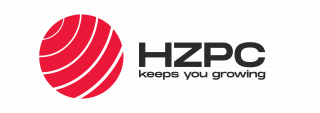To elucidate the regulatory mechanisms of plastic film mulching and compound fertilizer formulations on winter potato production in alpine regions of Southwestern China, this investigation employed a two-factor split-plot design to evaluate the synergistic effects of five compound fertilizers (F1-F5) under contrasting mulching conditions [plastic film mulching (M +) vs. non-mulching (M-)] on yield formation, tuber quality, and nutrient use efficiency. Key findings revealed that plastic film mulching significantly improved potato yield (7.843, P < 0.01) and marketable tuber ratio (34.923, P < 0.01). Under mulching conditions, F2 (Wanzhi compound fertilizer: N-P2O5-K2O = 13–8-9 with 20% organic matter) increased tuber number and yield by 17.96% and 31.11%, respectively. The F5 formulation (Jiuhekang + : N-P2O5-K2O = 20–10-18) achieved optimal single tuber weight and highest marketable tuber rate. Mulching significantly enhanced nutrient acquisition efficiency, with all fertilizer treatments showing substantially improved nitrogen (N), phosphorus (P), and potassium (K) uptake and utilization rates compared to non-mulching conditions. Notably, the F4 treatment (Sanning: N-P2O5-K2O = 14–16-15) attained peak nitrogen use efficiency (60.61%), while F2 exhibited maximum phosphorus and potassium utilization rates (11.89% and 68.88%, respectively) alongside optimal harvest index. Tuber quality analysis demonstrated that F4 significantly elevated ascorbic acid content (85.75% increase vs F0) and dry matter accumulation (16.32% enhancement). This study establishes that plastic film mulching combined with tailored compound fertilizers (particularly F2 and F5 formulations) effectively optimizes potato productivity, quality parameters, and nutrient use efficiency in high-altitude cultivation systems. The findings provide both mechanistic understanding and practical strategies for developing precision cultivation techniques in alpine potato production systems of Southwestern China, addressing critical challenges in sustainable intensification of tuber crops under marginal growing conditions.















